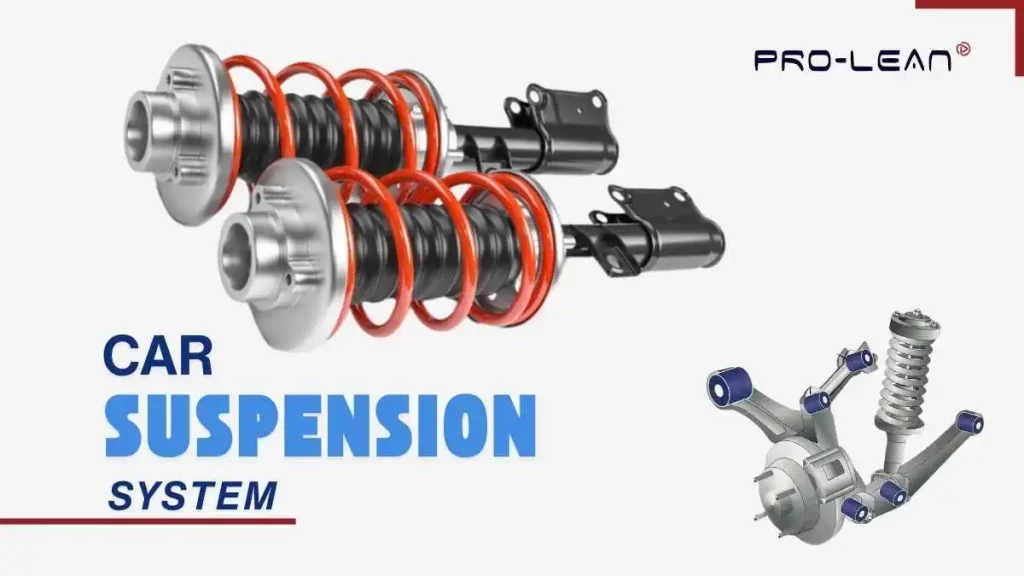
The car suspension system is a crucial component of about all vehicles. Because it adduces comfort and stability especially when you driving on rough terrain or at high speeds. There are often several components that cooperatively contribute to specific roles and ensure your comfortable driving circumstances.
This article helps you to understand the car suspension components’ purpose and manufacturing ways to bring such parts for end-use.
What are Car Suspension Parts?
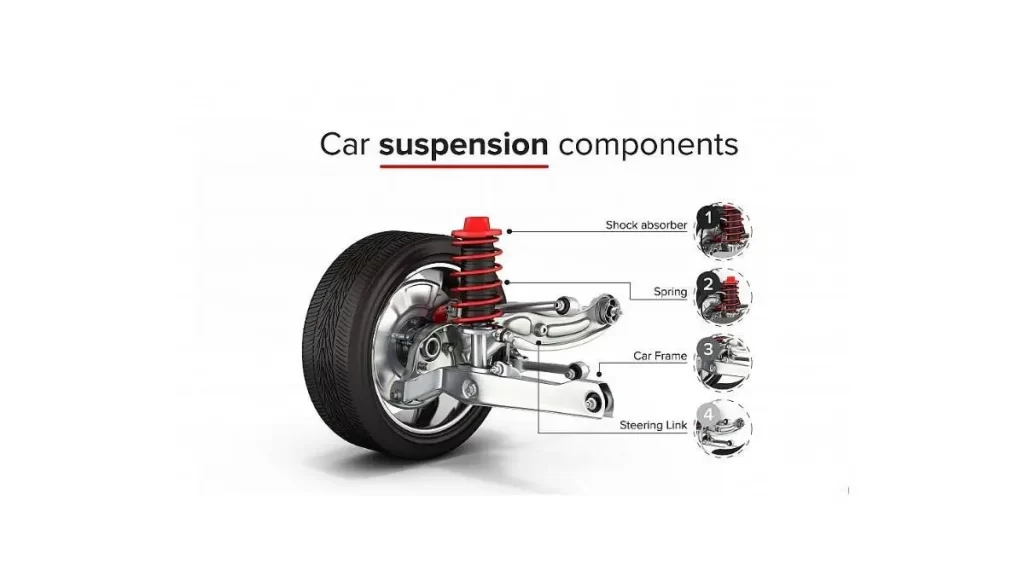
Car Suspension Parts
The basic car suspension system parts include tires, springs, shock absorbers, and links. The parts normally interact with your automobile’s tires or wheels. Further, these parts guarantee that your tires comprise appropriate road contact and help in optimum suspensioning system.
In addition, these car suspension parts mainly assist in getting an improved grip and car stability on the road. An effective suspension system provides ease of handling control and comfort for yourself and your fellow passengers.
The primary responsibility for the suspension in your car is to connect the wheels to the car and provide grip on the tarmac. You may divide it into two essential activities. First, it sustains your force and prolongs the lifespan of your vehicle parts by minimizing jerks. Secondly, the suspension keeps your car in touch with the road surface literally so the car does not feel any bump on the road. Furthermore, it re-strains external forces from pulling your car off it, making it a stabilizing factor. The anti-roll or stabilizing effect is required to control the car at every phase of driving.
If you’re looking for a reliable, one-stop solution for outsourcing your auto car components manufacturing, Proleantech is here to help. Reach out to us today for all your parts solutions!
Try Prolean Now!
Additional Benefits of Vehicle Suspension System Components
The automotive suspension components also provide additional benefits in terms of:
- Reduced frequencies for a comfortable journey
- Redistributes the weight of your car across the car’s width
- Maximizes braking performance
- Helps to make better handling and steering from the car controls.
- Adapts to various road conditions
- Simply takes your overall driving experience to a different level, and adds a touch of comfort.
What are the Basic Auto/Car Parts and Their Functions?
You can find various components in your car suspension systems, and each has an important function to serve. Let us some of the commonest suspension parts and functions of each part in vehicle performance.
Springs
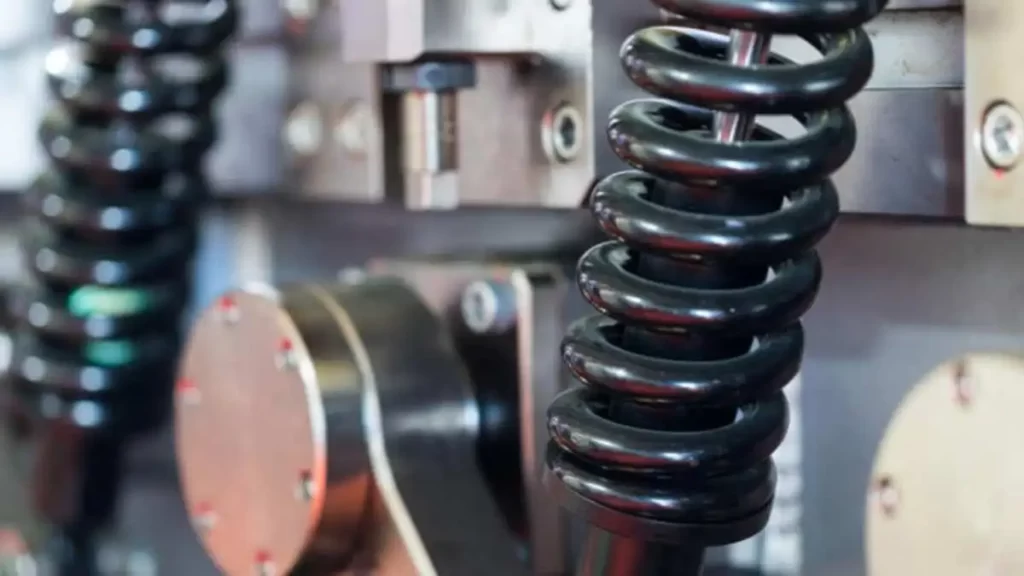
Suspension Springs
Shocks in your car suspension are essentially springs. They work to absorb energy, dampen impacts, and moderate the peaks of your wheels, normally encountered from the road or surface irregularities. Moreover, springs keep the traction which makes any friction not interfere with the whole vehicle.
Furthermore, springs also help the car maintain the correct altitude; concerning to control the car position. This tends to lead to a more comfortable drive. There are different types of springs present, the commonest include; coil springs, torsion bar springs, and leaf springs.
Anti-Roll Bar (Stabilizer)
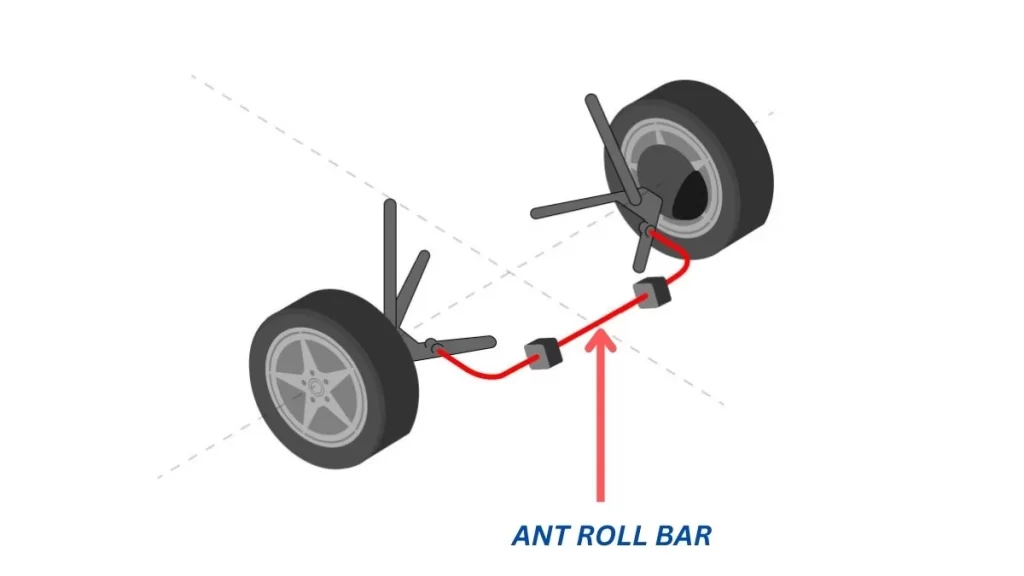
Auto Anti-Roll Bar
The anti-roll bar is another car suspension system component that helps to avoid the overturning of your car. Particularly, it is helpful when you driving through gravel roads or when taking corners at supersonic speeds. Doing so helps to improve handling and reduces the tendency of your car’s body to sway and roll from side to side.
Normally, anti-roll bars are constructed through an iron rod, the anti-roll bar extends between the left and right wheels to transfer energy from one position to another. This counters centrifugal forces experienced during cornering making for some tangible cornering or turn experience.
Shock Absorber (Damper)
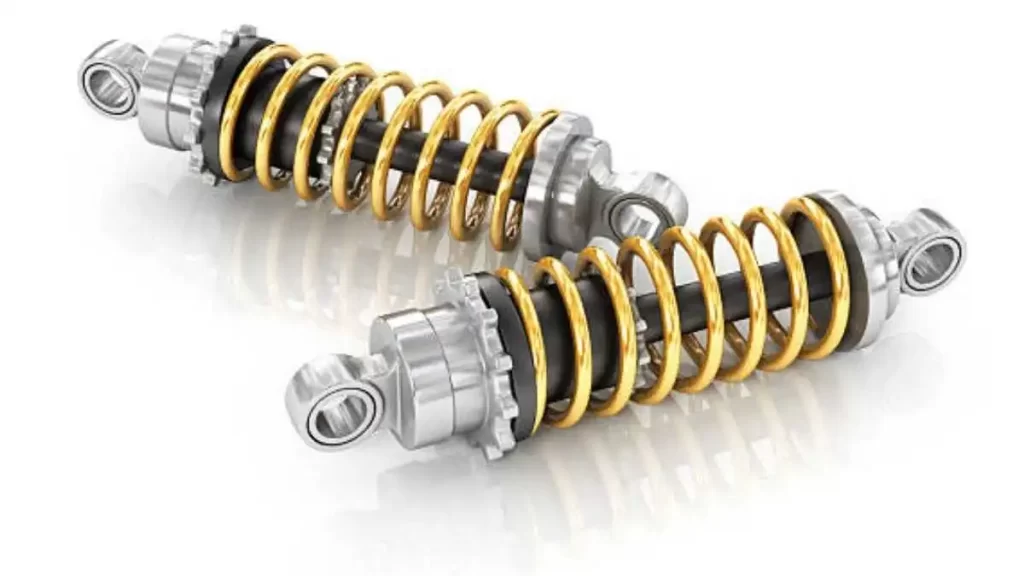
Shock Absorber
As the name implies, they are used to dampen shock; familiar with the energy; experienced by the car in motion. Springs store energy but the shock absorber helps in controlling the spring state; namely, the up and down motion seen in cars that simply bounce. Otherwise, if these contacts are not present the car will have no stability to give you a comfortable ride experience.
Bumper
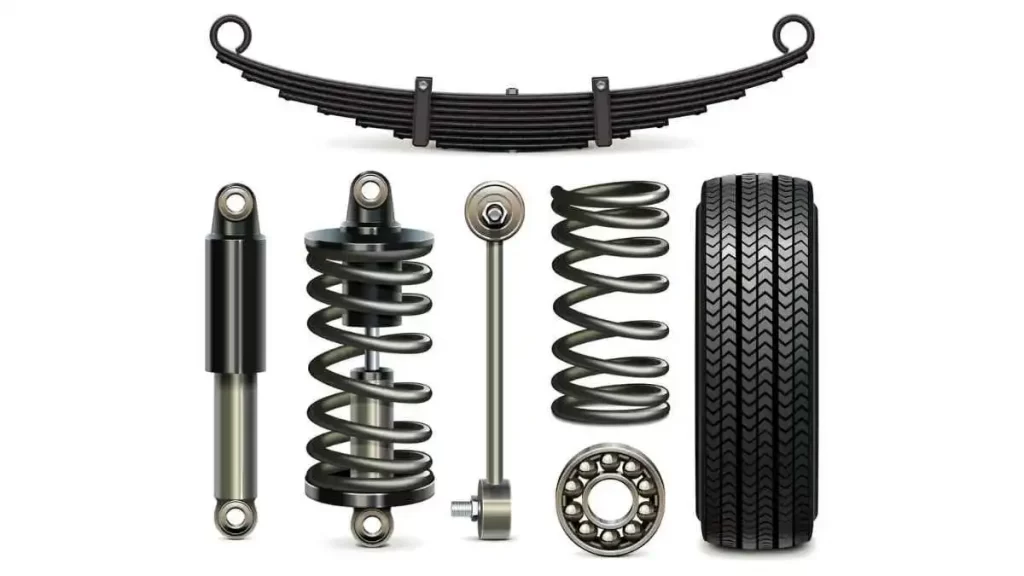
Bumper, and Basic Car Components
The bumper in your car suspension system also works as an extra protective body part. Their main purpose is to provide support during compression when other shocks are affecting both your axle, car frame and shock absorber. The bumpers of your vehicle are generally fabricated from rubber or elastomers. So they can retain the shape of the vehicle structure when the springs go beyond their elastic limit.
Lateral Control Rod
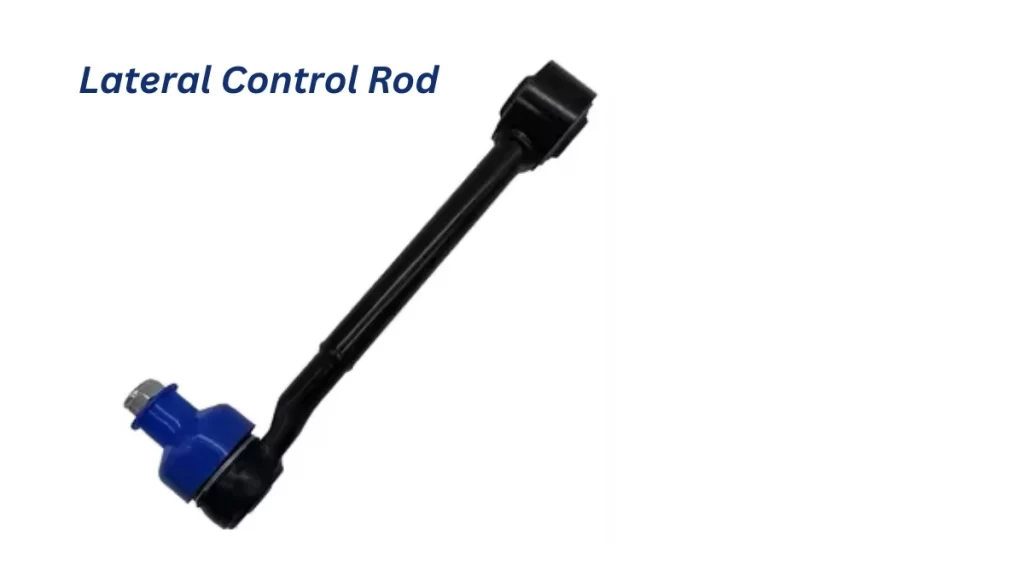
Lateral Control Rod
The lateral control rod is a critical car component of your four-wheel-bin. It locates the axle when there is a need for lateral motion, and makes sure your car moves steadily.
It is a pivot rod located between the axle and the car body. Its general function is to reduce lateral force confined to the car’s body. Therefore, it improves your car’s stability and comforts your driving.
Knuckle Arm
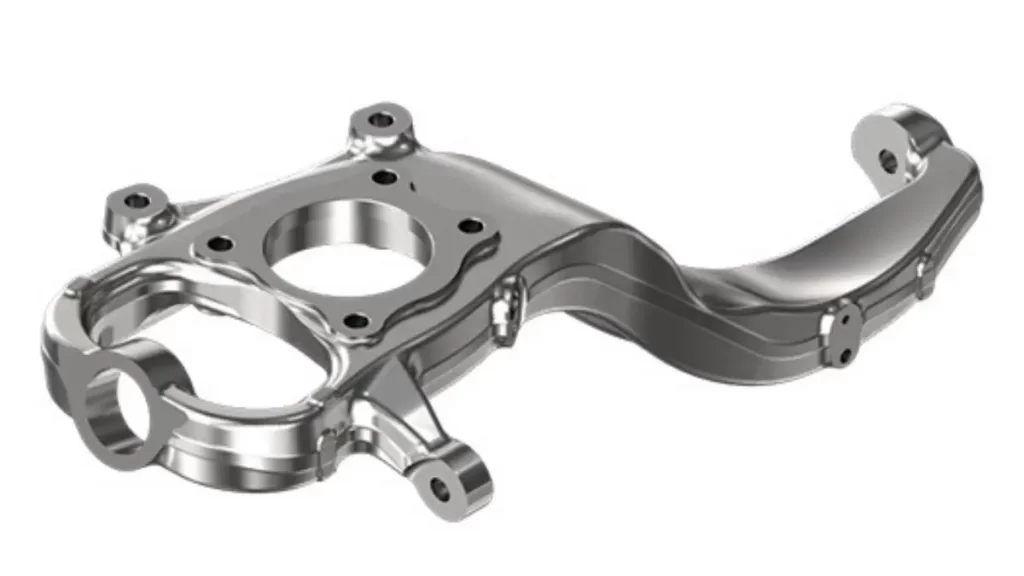
Knuckle Arm
The knuckle arm is located at the front of the wheels. This part is intended to couple suspension elements with the wheel assembly. Moreover, it enables your wheel to rotate during the operations of steering in to intensify the ability to maneuver.
Ball Joint
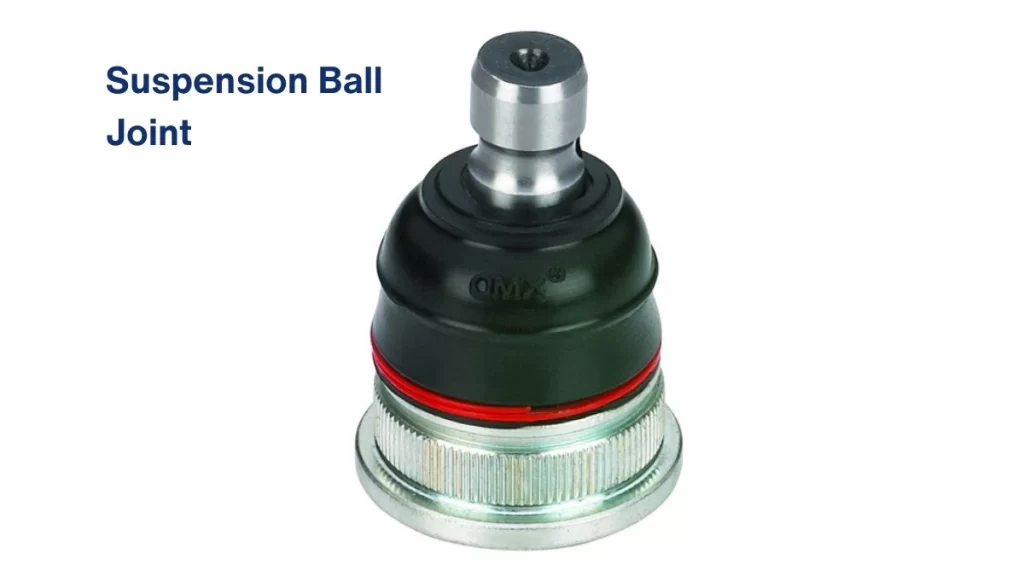
Suspension ball Joint
Ball joints are comfortably stem-pivoted joints. They allow the reception of both lateral and horizontal loads. Additionally, these arms link various parts of suspensions; allowing the structure to move in all directions. They also ensure optimal wheel alignment for even wearing of tires.
An automobile typically entails upper and lower ball joints. These are responsible for rubbing and gliding. The healthy functioning of these joints requires proper lubrication.
Lower and Upper Arm
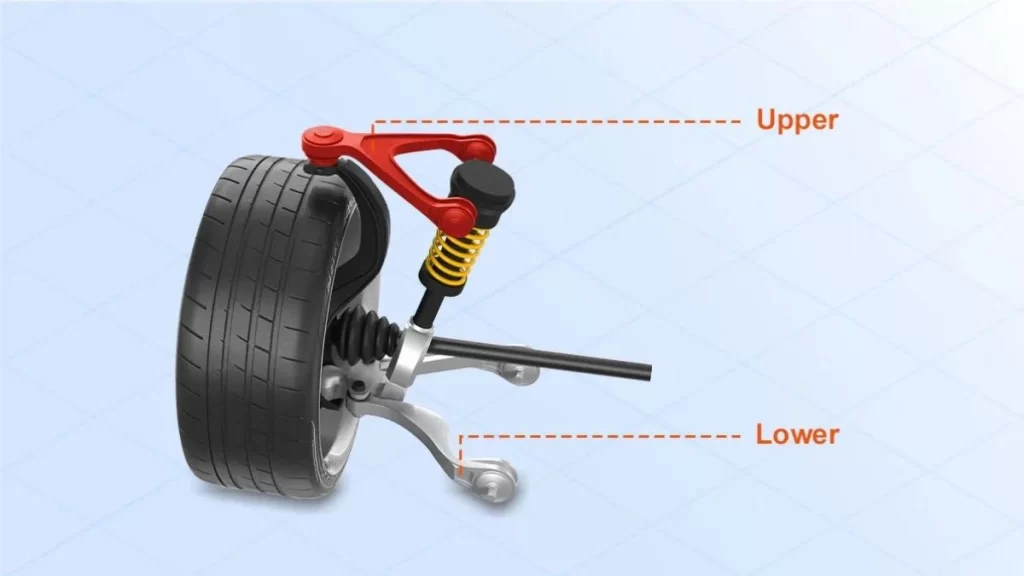
Lower and Upper Arm
In your car suspension parts system, the upper and lower arms help to connect the car’s chassis to the suspension such as the knuckle arm. All these parts play a major role in ensuring that the wheels remain fixed and assist the car to turn while at the same time balancing.
Strut Bar
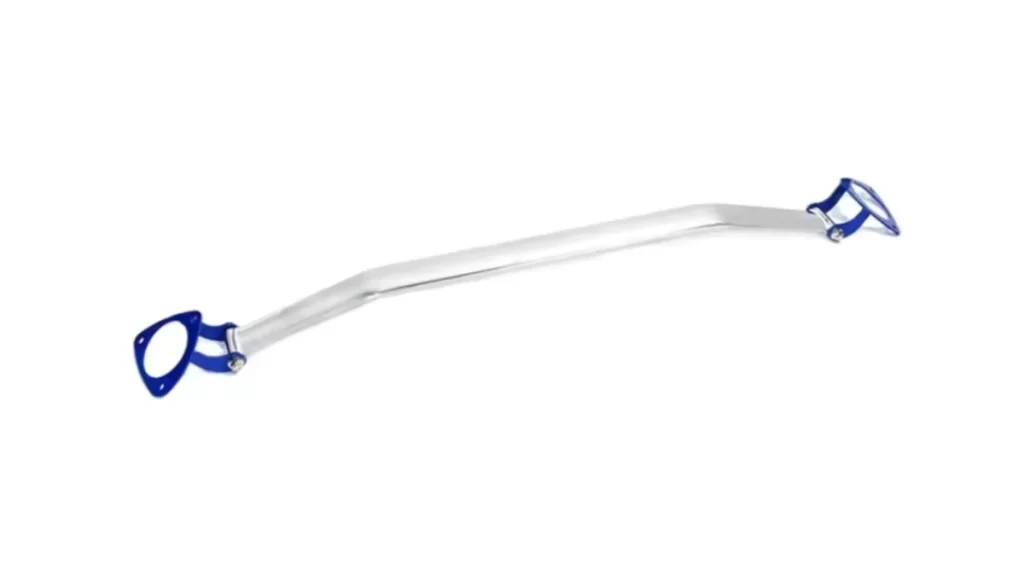
Auto Strut Bar
The strut bar serves the function of supporting the lower arm so that the front tires function as intended. However, it is of vital importance to enhance the steering response and general handling of automobiles. The front wheels are crucial for the steering activity because when turning, the wheels tilt, and the rear wheels do not turn. It also considerably minimizes the chassis flex and improves the rigidity and overall handling. (Read more about the custom gear manufacturing process).
Try Prolean Now!
Types of Automotive Suspension Systems
Suspension systems are classified depending on the design and vehicle use in question. Now it is high time to consider what types of suspension systems are used most frequently in the modern days.
Dependent Car Suspension System
In a dependent suspension system, when one wheel moves up, the other wheel on the same axle also moves up. It employs a rigid structure of the axle at the back to join the two wheels together. The system is easy and low-cost but not highly used nowadays in modern vehicles. It is mainly in use in rear-wheel drive vehicles.
Independent Suspension System
The independent suspension system allows each wheel to move independently of the other. Every wheel can have its spring, shock absorber, or axle meaning that the movement of one will not going to affect the others as much as in a regular car. Such design also provides a more comfortable ride and control, particularly at high velocities. Since it’s a more complicated system than the solid axle, so it will cost you more to implement. However, it affords your wheels more freedom, and you will have a more comfortable ride.
Semi-Independent Suspension System
The semi-independent suspension has few features of both dependent and independent systems. It has a rigid axle with coil springs fitted between the wheels on the same axle. But like an independent system, it has one shock absorber for each wheel.
These suspension systems are relatively cost-effective to some extent. So, these are widely used among compact cars and sports utility vehicles. In addition, these systems are long-lasting and fast and afford a comfortable ride.
Torsion Bars
Torsion bars are typically found on the front suspension of the vehicle and more so in large trucks and off-road vehicles. These are quite long, rather rigid metal members associated with the frame of the building. They work as shock absorbers to provide the energy needed to stabilize the vehicle.
MacPherson Struts
MacPherson struts are widely used especially for front-wheel-drive cars. Their design combines both a shock absorber and a coil spring into a single assembly. Thus, these help in minimizing the number of components in the suspension system.
Moreover, it links with your car body and the wheel hub to manage the wheel and at the same time afford your car more stiffness.
Common Manufacturing Methods For Car Suspension Parts
The car suspension manufacturers comprise several techniques for designing car suspension parts. These techniques are selected according to the needs of a particular component. Let’s take a look at Manufacturing Methods for Car Suspension Parts;

Automotive Die Cast Parts
Alt Text: Die-cast automotive parts displayed, featuring various components such as engine housings, brackets, and transmission parts for vehicle assembly.
Sand casting and die casting are popular for creating suspension parts such as the lateral control arm and knuckles. It requires heating metallic blocks and placing the liquid material into molds to achieve the right shape of a certain component.
Despite belonging to the older generation of manufacturing processes, metal casting is relatively cheap. In addition, it guarantees that even difficult sections are made in a structurally sound manner; this application is especially important where precise sections are necessary.
Automotive Forging
Forging means forming metals through the application of high compressional or impact force. It is suitable for suspension parts such as anti-roll bars and control arms among others. The method improves the strength, elongation, and fatigue limit of the parts, which are suitable for usage in highly stressed components.
In using forging, you can be sure that the suspension components produced are strong enough to withstand heavy loads.
Automotive CNC Machining
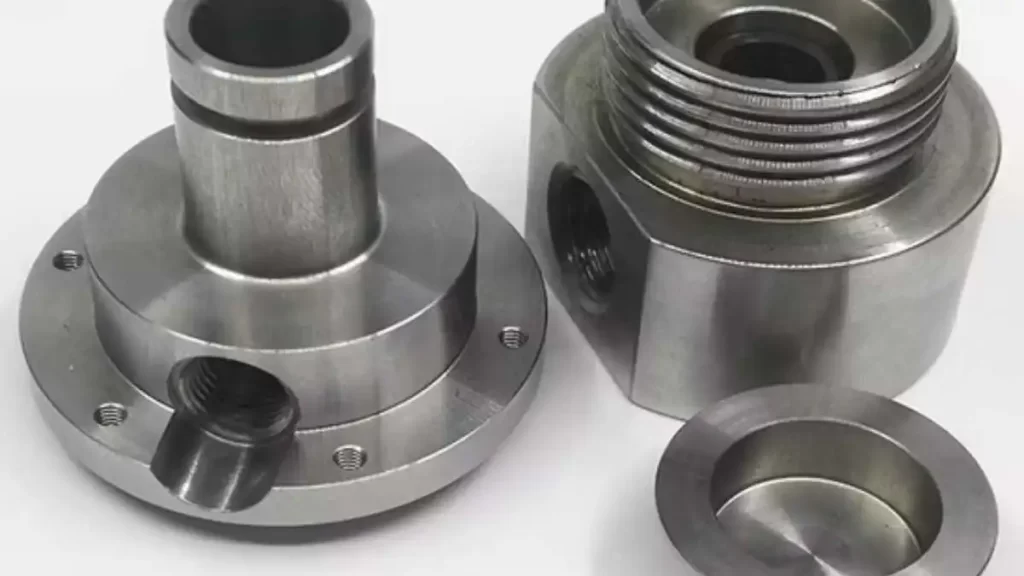
Automotive CNC Machined Parts
CNC machining is an accurate technique whereby equipment is operated automatically, and a block of material to generate the needed parts. This method is ideal when it comes to fabricating suspension arms, strut bars, and knuckle arms to a desired tolerance.
Prolean Tech is among the top best cnc machining service providers and reliable partners to rely on in China. If you have any specific requirements, feel free to contact us!
Moreover, CNC machining delivers consistent tolerance, dimensions as well as the surface finish of the final product without compromising the high standard of quality.
‘We refer you to read our detailed guide on How CNC Machining used to Manufacture Custom Motorcycle Parts.’
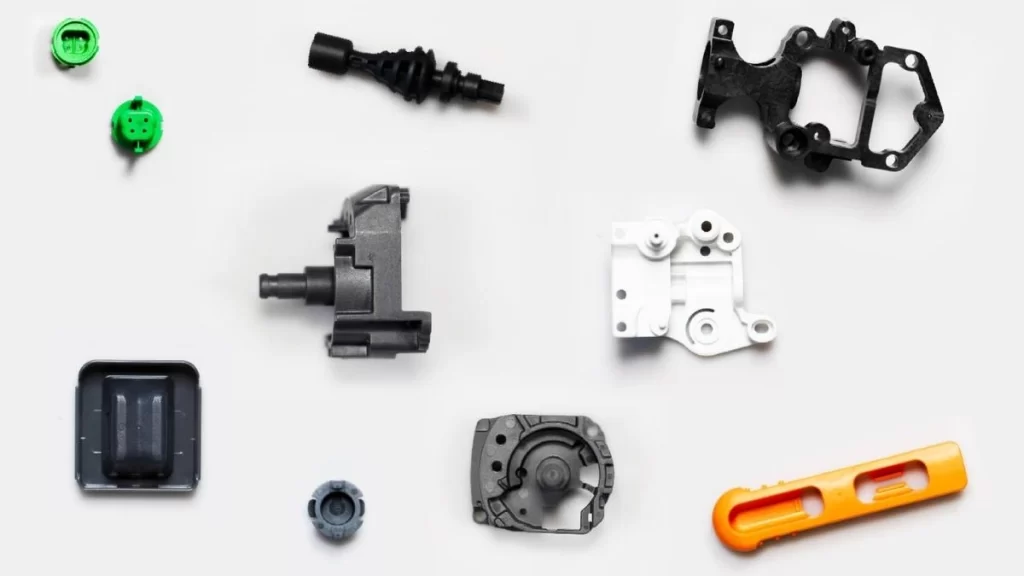
Automotive Injection Molded Parts
Most of the suspension components are metallic. Therefore, injection molding is critical when it comes to the production of weightless yet super strong parts such as automotive bumpers. In general, auto manufacturers require molding for a plastic or composite material to be forced into the form of the part required. The approach is cost-effective and fast for developing high-strength and specifically nonmetallic car parts.
Welding
Brazing is crucial if you require joining metal components especially when building suspension systems. Welding is employed to connect suspension parts with the car framework or a chassis. The metal parts to be joined are heated to a molten state to form a joint. This forms a secure joint and enhances the structural interconnectivity of the suspension system to make it more stable.
Try Prolean Now!
Conclusion
The car suspension system function does not merely link the wheels; it has several other functions as well. Some of the items include; springs shock absorbers, and anti-roll bars among others; they help in achieving a smooth, and stable ride. They also protect the vehicle from moving up and down and reduce all forms of shocks, vibrations, and other surface irregularities. Furthermore, these parts improve the car’s stability, and especially at high speeds, there will be minimal chances of a rollover.
If you are searching to get a professional car parts manufacturer for your specific custom car needs, feel free to Contact Us Today!
FAQ’s
Q1. What are the most commonly used suspension systems?
The most commonly used suspension systems are:
- Independent Suspension System: Allows each wheel to move independently.
- Dependent Suspension System: Uses a solid axle connecting both wheels.
- Semi-Independent Suspension System: Combines features of both independent and dependent systems.
Q2. How do springs contribute to the performance of a car’s suspension system?
Springs absorb and dissipate energy from road impacts. It also helps to maintain tire contact with the road. In addition, you can maintain vehicle height and support overall vehicle stability and comfort.
Q3. What is included in a vehicle suspension system?
A vehicle suspension typically includes springs, shock absorbers, struts, control arms, anti-roll bars, ball joints, and linkages that connect the vehicle to its wheels.
Q4. How do you know that your suspension is bad?
Signs of a bad suspension include uneven tire wear, bouncing after hitting bumps, poor handling, strange noises when driving over bumps, and noticeable vehicle sag.
Q5. What is the life expectancy of a car suspension system?
The life expectancy of a car suspension system typically ranges from 50,000 to 100,000 miles, depending on driving conditions and maintenance.
Q6. Are suspension and shock absorbers the same?
No, the suspension system includes many components, springs, control arms, etc. While shock absorbers are specific car suspension parts, designed to dampen the energy from road impacts and control the vehicle’s movement to stabilize it.

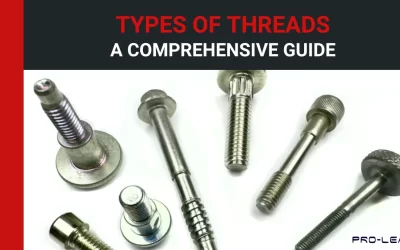
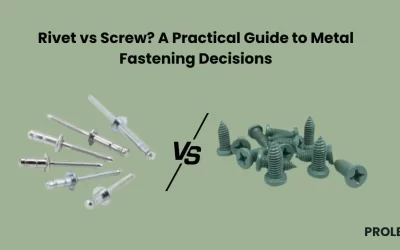
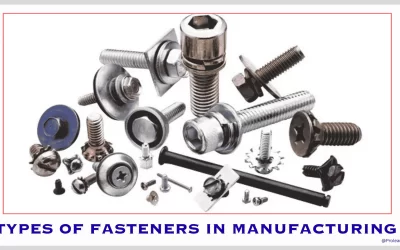
0 Comments